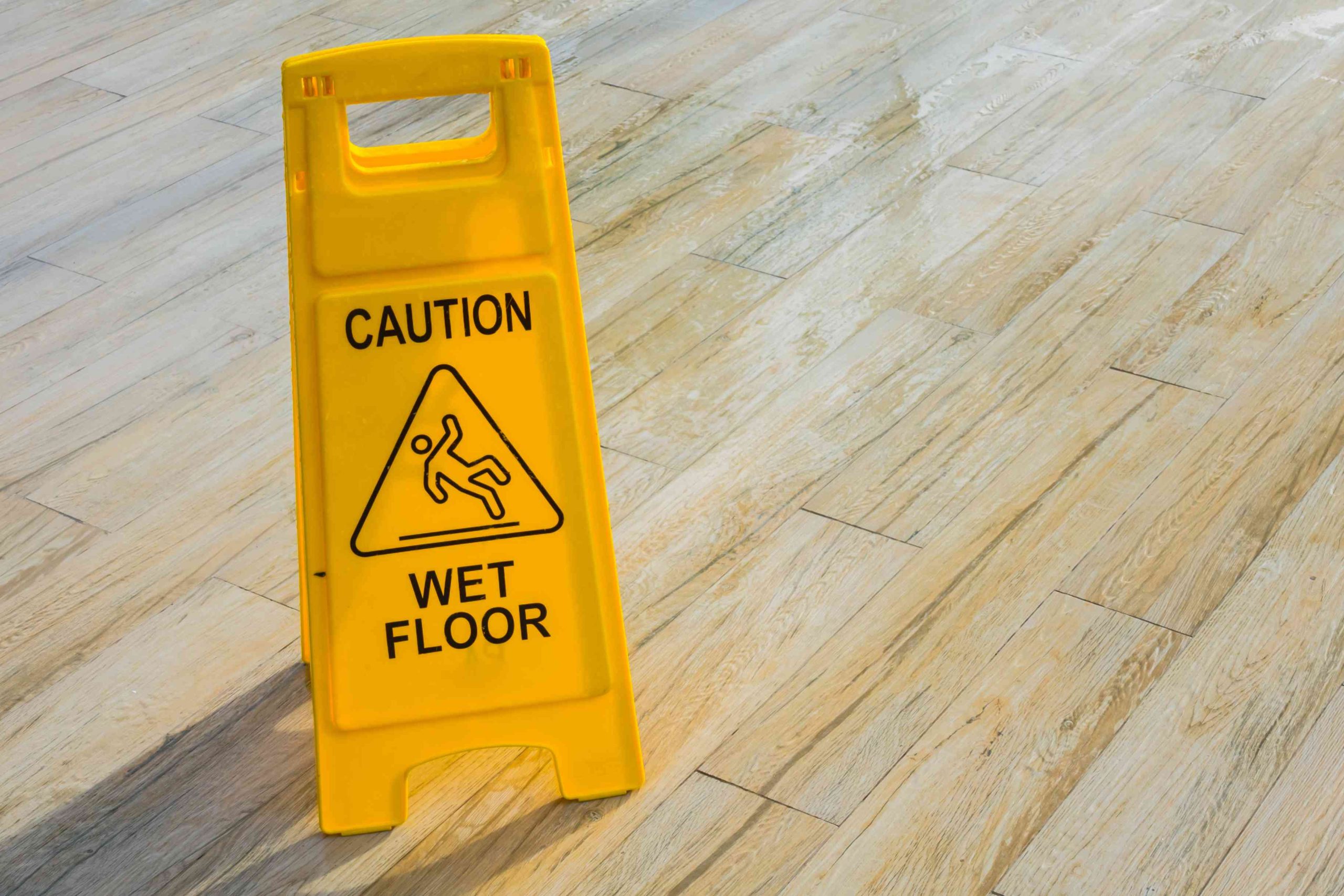Slipping accidents can occur despite the best preventative measures, leading to injuries and potential risks in the workplace. In the United Kingdom, prioritizing health and safety is crucial, and knowing how to respond to slipping accidents is essential for minimizing harm and ensuring a safe working environment. This article discusses the necessary steps to effectively deal with a slipping accident from a health and safety perspective in the UK.
Immediate Response
When a slipping accident occurs, immediate action is necessary to address the situation and provide assistance to the affected individual. The following steps should be taken:
- Ensure personal safety: Before providing aid, it’s essential to assess the area for any ongoing risks, such as slippery surfaces or potential hazards, and take appropriate precautions to avoid further accidents.
- Call for help: Alert designated first aiders or emergency services, depending on the severity of the accident. Quick response is crucial, especially in cases of serious injuries.
- Provide first aid: If trained in first aid, administer basic medical assistance to the injured person. This may include assessing their condition, providing necessary wound care, immobilizing fractures, or controlling bleeding until professional medical help arrives.
- Document the incident: Record the details of the slipping accident, including the date, time, location, circumstances, and any witnesses present. This documentation will be important for subsequent investigations and compliance with reporting requirements.
Investigation and Reporting
After the immediate response, it is vital to conduct a thorough investigation and report the slipping accident. The following steps should be followed:
- Investigate the incident: Examine the scene where the accident occurred, gather relevant evidence, and interview witnesses, if available. Determine the cause of the slip, such as a wet floor, inadequate signage, improper maintenance, or other contributing factors. Consider employing a slip resistance test to document grip levels at or around the time of the fall.
- Document findings: Maintain a detailed record of the investigation, documenting the identified causes, contributing factors, and any corrective actions taken or recommended to prevent similar accidents in the future.
- Report the incident: Notify the appropriate authorities, such as the Health and Safety Executive (HSE), if the accident resulted in specified injuries or if it is reportable under RIDDOR (Reporting of Injuries, Diseases and Dangerous Occurrences Regulations). Timely reporting ensures compliance with legal requirements and facilitates further analysis of potential workplace hazards.
Preventive Measures and Corrective Actions
To prevent future slipping accidents, it is essential to implement appropriate preventive measures and corrective actions:
- Review risk assessments: Conduct a comprehensive review of risk assessments, particularly focusing on slip hazards. Consider commissioning an expert slip risk assessment that incorporates slip tests of potentially high-risk surfaces. Identify areas of improvement and ensure that appropriate control measures are in place to minimize the risk of slipping accidents.
- Enhance housekeeping practices: Maintain clean and dry floors wherever possible, promptly clean up spills, and ensure effective drainage systems. Regular inspections and cleaning routines should be implemented to reduce hazards caused by slippery surfaces.
- Train employees: Provide comprehensive training to employees regarding slip hazards, safe work practices, and the use of personal protective equipment (PPE) when necessary. Employees should be educated on how to promptly report potential hazards or incidents to their supervisors.
- Continuous monitoring and improvement: Regularly review and update safety procedures, conduct audits, and encourage employees’ active participation in identifying and reporting slip hazards. Learn from past incidents to continuously improve safety measures and prevent future accidents.








